Gods show up across anime in all kinds of ways, from playful household deities to mythic beings who pull the strings of fate. These stories tap into folklore, world religions, and modern fantasy to explore immortality, duty, and the messy ties between divine power and human lives. The result spans genres that range from school-life comedy to sprawling action epics and thoughtful fantasy dramas.
This list gathers series and films where gods are central to the premise, the conflict, or the worldbuilding. You will find shows inspired by Shinto and Buddhist lore, tales built on Greek and Norse myth, and adventures that imagine new pantheons from the ground up. Each entry notes the core setup, origin or source material, and the production details that make it easy to find and watch.
‘Noragami’ (2014–2015)
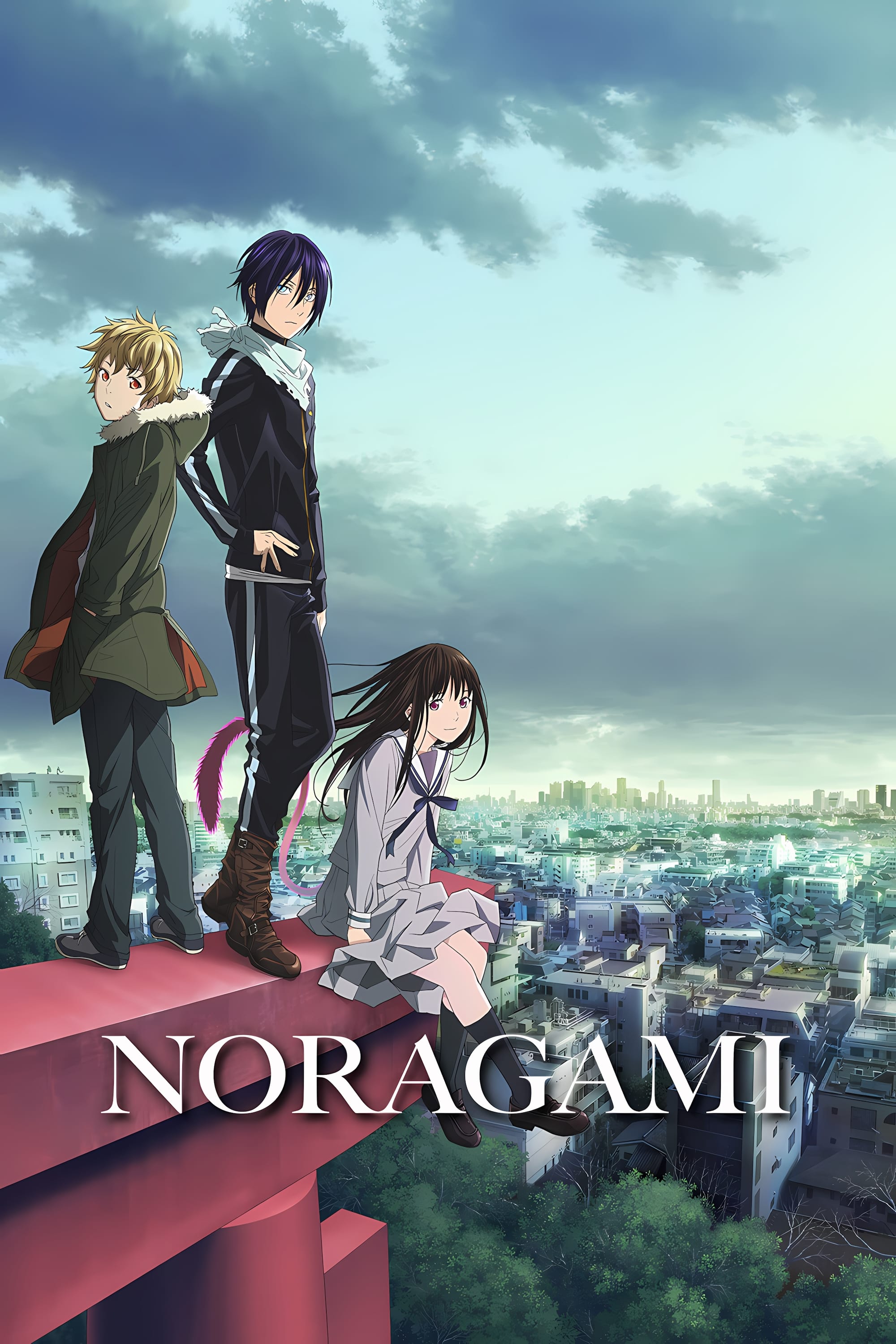 BONES
BONESThis series follows a minor Shinto god who takes odd jobs to earn believers and maintain his existence. It introduces regalia spirits that transform into weapons, a system of naming that binds spirits to deities, and territories that gods protect to survive in the modern world. The narrative explains the line between the Near Shore where humans live and the Far Shore where spirits and corrupted phantoms wander, and how a god’s power rises and falls with worship.
Bones produced the adaptation of the manga by Adachitoka, covering the early arcs across two seasons. The show details how blight spreads when bonds between gods and regalia sour, the rules of purification during phantom attacks, and the process by which forgotten gods risk vanishing. It also catalogs the roles of war gods, fortune deities, and calamity gods within a contemporary Japanese setting.
‘Kamisama Kiss’ (2012–2016)
 TMS Entertainment
TMS EntertainmentAfter a high schooler becomes a land god, she inherits a shrine and its familiar spirits. The series lays out how shrine deities maintain barriers, grant blessings, and enter contracts with yokai and humans. It explores talismans, ofuda, and rites that allow a newly appointed deity to purify spaces and negotiate with mountain and sea spirits.
The anime adapts Julietta Suzuki’s manga with seasons produced by TMS Entertainment. It explains how divine marks work, how familiars are named and bound through kisses that serve as pacts, and how festivals reinforce a god’s authority. The episodes map the social structure among tengu, kitsune, and local gods, and how domains expand with devotion.
‘Ah! My Goddess’ (2005–2007)
 Mini Art
Mini ArtA university student dials a Goddess Relief Office and summons a goddess whose wish contract reshapes his life. The series outlines a bureaucratic heaven with permissions, system bugs, and wish fulfillment protocols. It differentiates first class and second class goddesses by license level, shows how angel manifestations power spells, and documents the rule set that prevents interference beyond approved miracles.
Based on Kosuke Fujishima’s manga, the TV adaptation by AIC details heaven’s Yggdrasil mainframe that logs fate events and tracks karma. The show describes standard contracts, limited time miracles, and the consequences of unauthorized magic. It also introduces demon counterparts who exploit loopholes and compete for influence over human outcomes.
‘Hozuki’s Coolheadedness’ (2014–2018)
 WIT STUDIO
WIT STUDIOThis workplace comedy is set in Japanese hell, managed by a stoic deputy to the ruler of the underworld. It catalogs the many wards of hell from the Mountain of Needles to the River of Three Crossings, and explains the intake process, case handling, and punishments assigned to different sins. The portrayal includes seasonal events and cooperation between hell and heavenly administrations.
Adapted by Wit Studio and later Studio Deen from Natsumi Eguchi’s manga, the anime references specific folktales, Buddhist cosmology, and regional hells from China to Europe. It explains employment roles for ogres, river spirits, and animal yokai, and shows how departments balance paperwork with the logistics of the afterlife. Guest appearances by Shinto gods and folkloric figures provide cross-pantheon procedures.
‘The Idaten Deities Know Only Peace’ (2021)
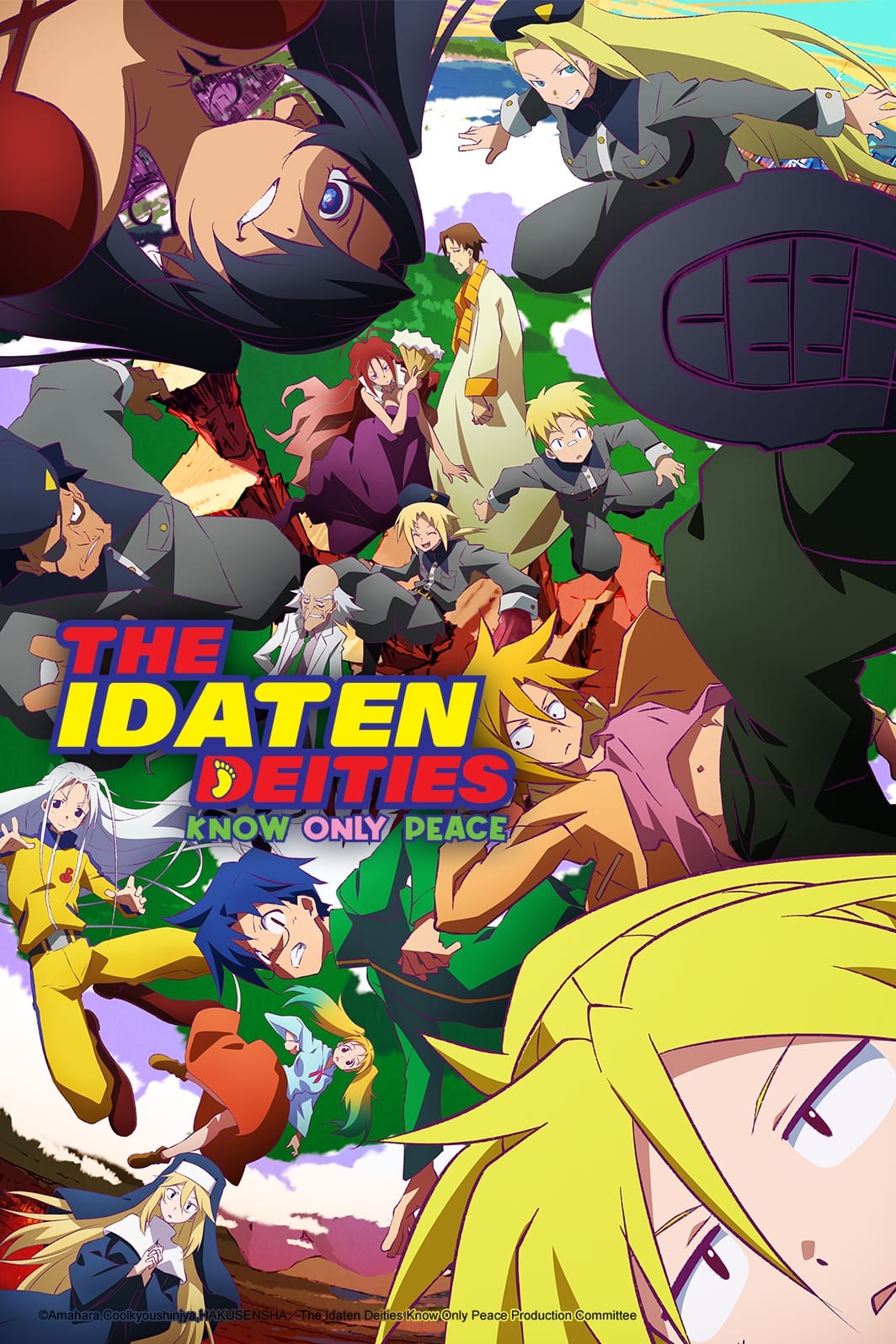 MAPPA
MAPPAThis adaptation presents gods born from human prayers who once defeated demons and then lived in peacetime for centuries. It defines training methods for divine bodies, the difference between inherited memory and learned skill, and the limitations of gods when fighting evolving threats. The setting outlines how sealed demons adapt after release and how deities manage power without worship systems.
MAPPA’s series adapts the manga by Amahara and Cool-kyou Shinja. It details global placements of deities, secret research on divine biology, and the rules that govern combat between gods and resurrected enemies. The show contrasts ancient myths with modern institutions, including military and scientific responses to supernatural forces.
‘Saint Seiya’ (1986–1989)
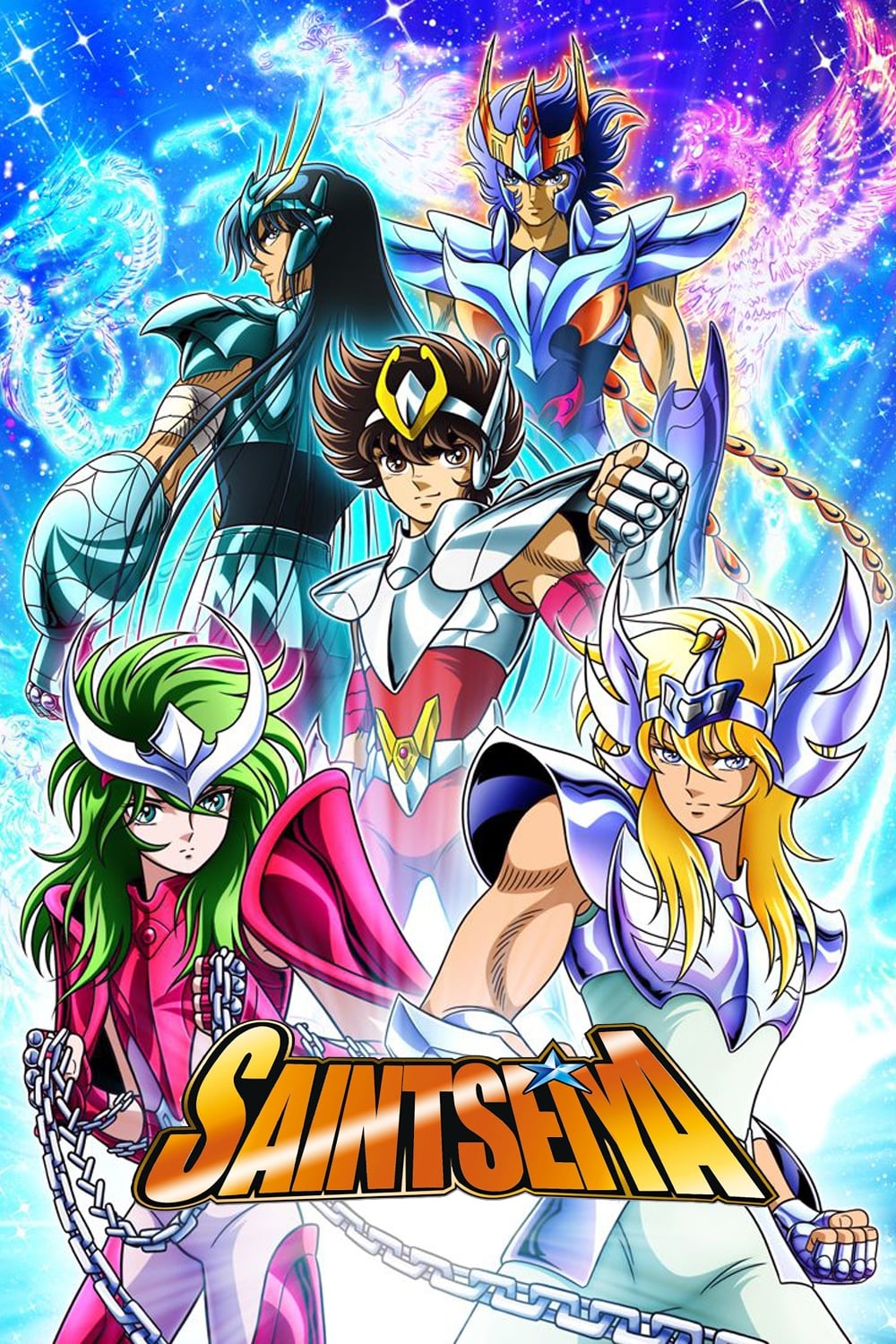 Toei Animation
Toei AnimationYoung warriors called Saints wear Cloth armor linked to constellations and swear fealty to the goddess Athena. The series explains Cosmo energy as the source of techniques, the hierarchy of Bronze, Silver, and Gold Saints, and the trials inside the Sanctuary. Athena’s reincarnation cycle and the emergence of rival gods from Greek myth drive arcs that revolve around divine succession and sacred wars.
Toei Animation adapted Masami Kurumada’s manga, establishing core elements like the Twelve Houses and the role of Pope leadership. The show documents sacred relic maintenance, Cloth repairs using special blood, and the protection of Athena’s Sanctuary under strict codes. Later arcs introduce Poseidon and Hades, expanding the pantheon and the rules for divine resurrection.
‘Saint Seiya: The Lost Canvas’ (2009–2011)
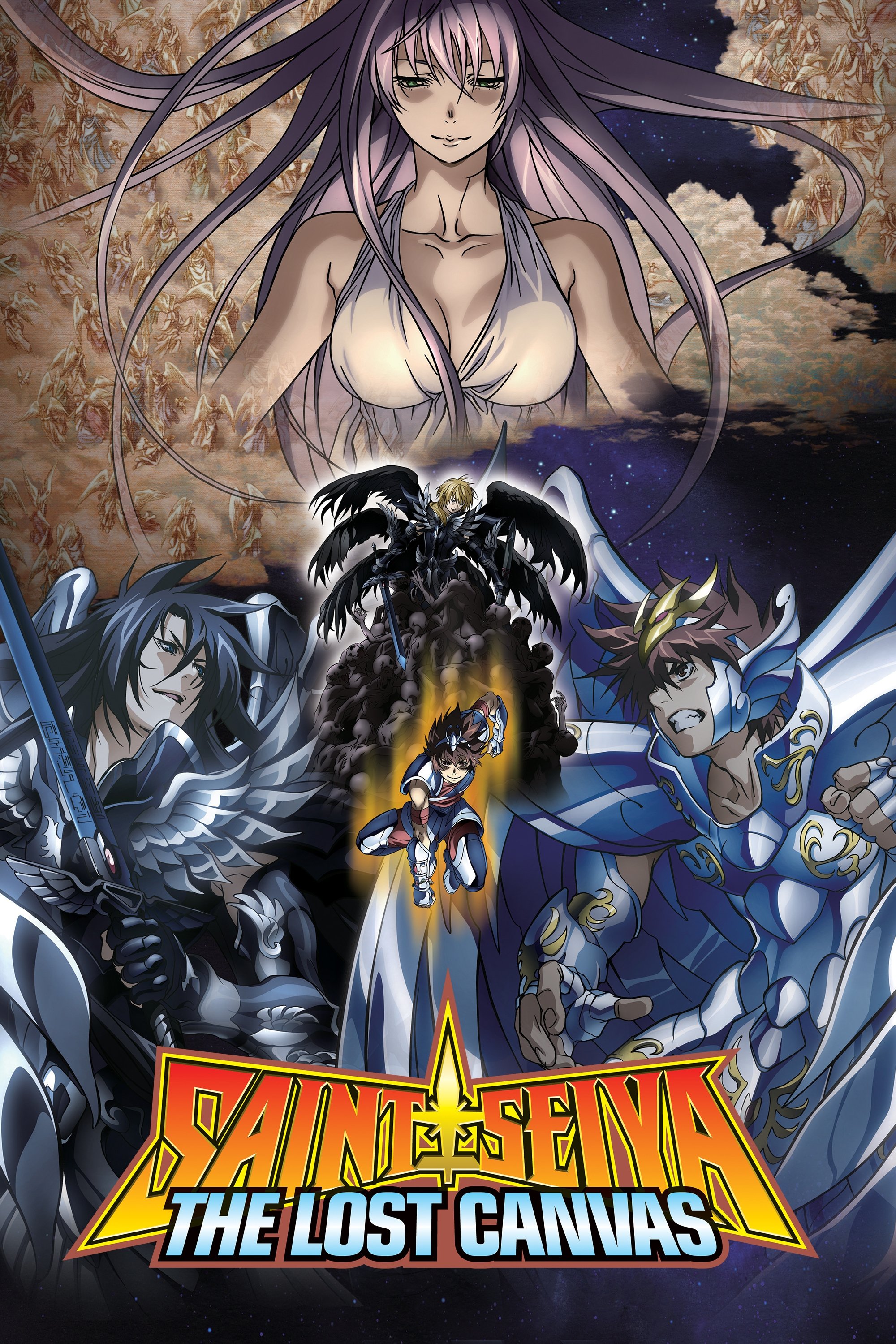 TMS Entertainment
TMS EntertainmentSet during an earlier Holy War, this series follows Saints who battle Hades and his Specters. It outlines the mechanics of reincarnations for deities, the cloth inheritance system across generations, and the use of seals that restrict gods during peace periods. The narrative maps how temples and guardians are arranged in wartime.
TMS Entertainment adapted the manga by Shiori Teshirogi, providing a prequel that details the organization of Athena’s forces during the eighteenth century. It catalogs Specter ranks, Surplice armor, and the pact structures that bind human hosts to divine will. The show provides background on sacred art that can trap gods and the conditions for breaking those restraints.
‘Fate/Grand Order Absolute Demonic Front: Babylonia’ (2019–2020)
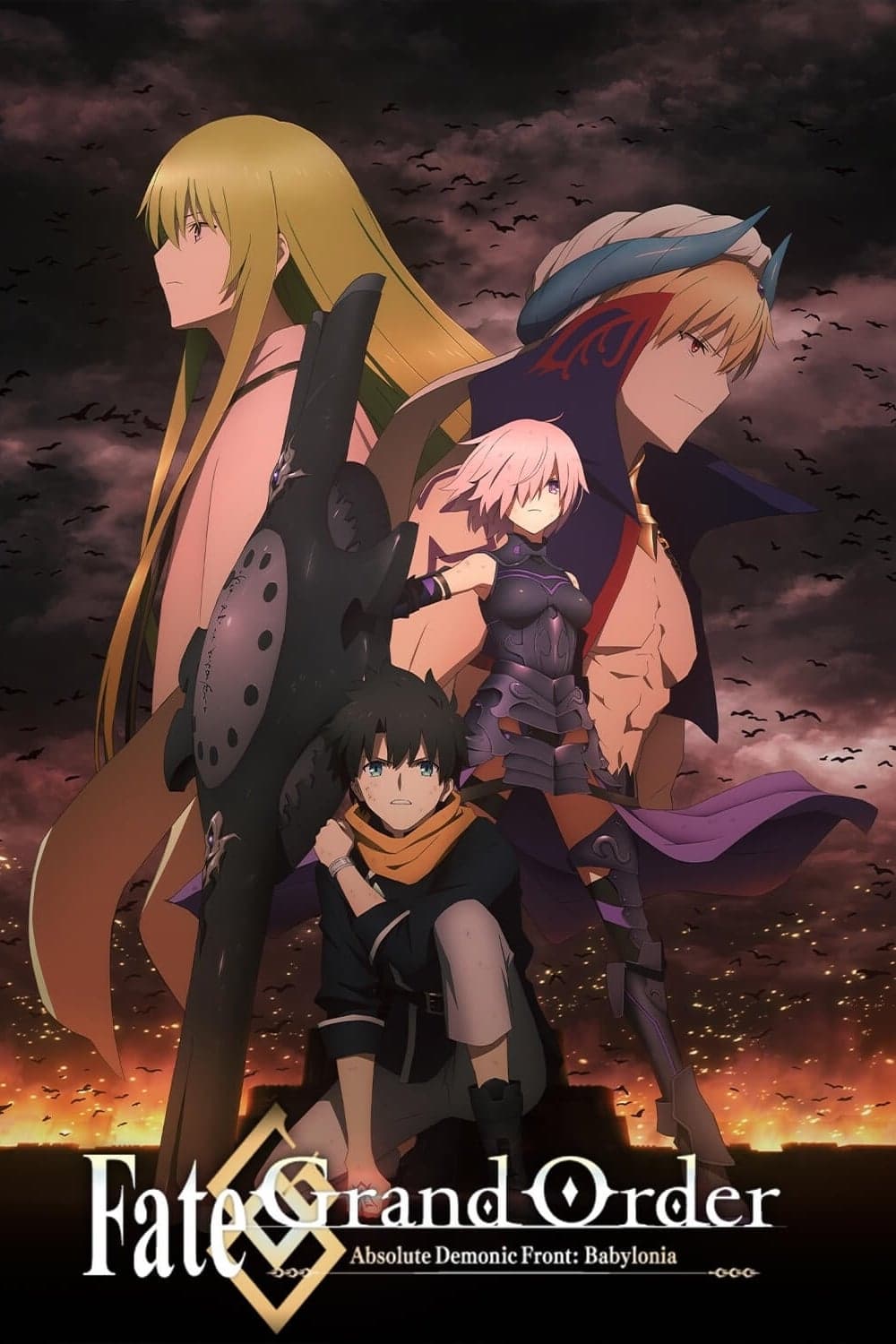 CloverWorks
CloverWorksThis arc transports Chaldea operatives to ancient Mesopotamia where they encounter deities central to the city of Uruk. The story defines singularities that disrupt human history and shows how divine spirits differ from heroic spirits. It explains vessel possession, divine authority over domains like fertility and war, and the constraints that keep gods from direct human governance.
CloverWorks adapted the game storyline with a focus on summoning systems and contracts between masters and servants. The show catalogs temple structures, priestly channels for divine communication, and the mechanics of god-splitting across avatars. It lays out how a human king negotiates with gods during an existential threat and how demonic beasts fit into a tiered cosmology.
‘Record of Ragnarok’ (2021– )
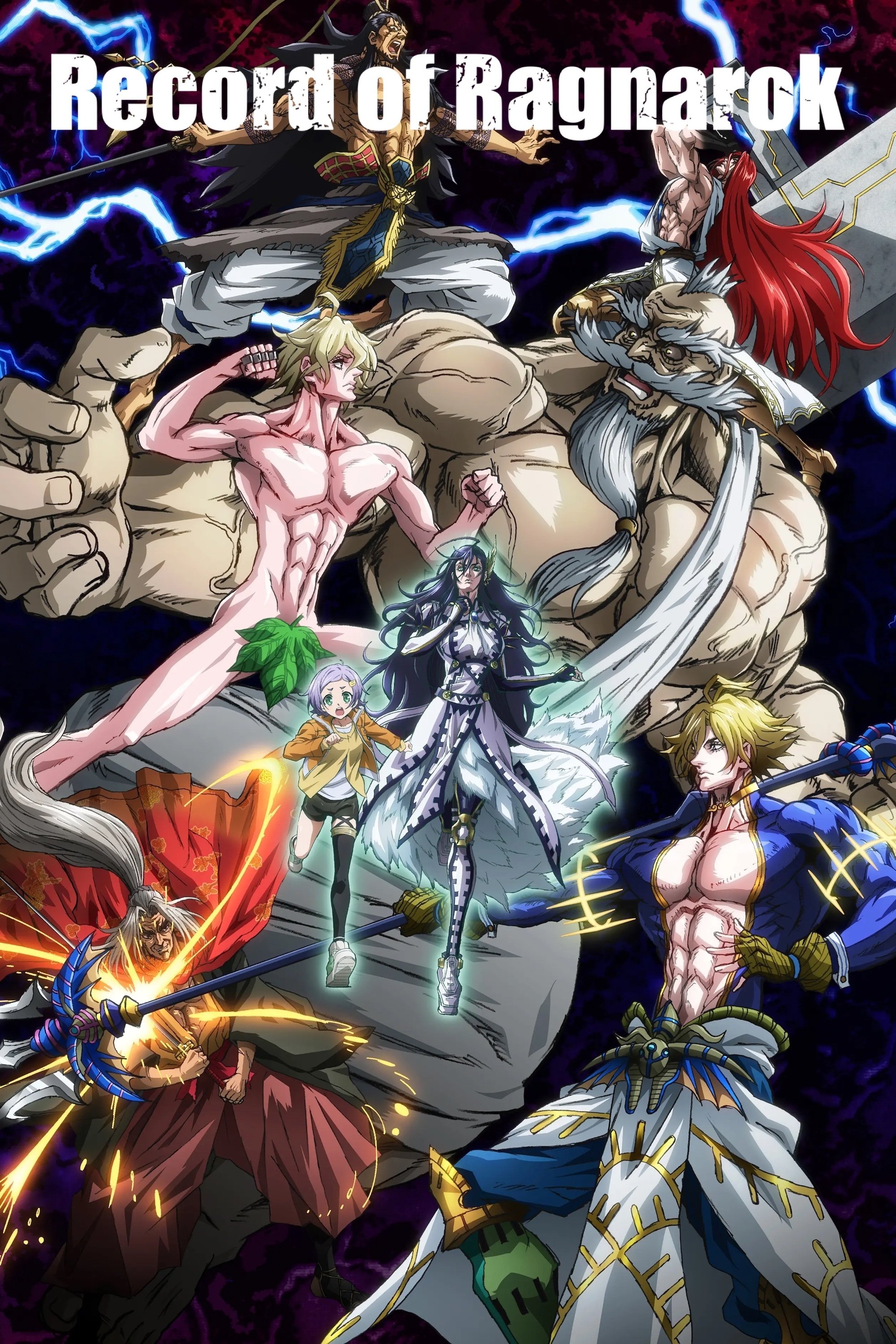 Warner Bros. Japan
Warner Bros. JapanThis tournament series convenes a council of gods from multiple cultures to vote on humanity’s fate. It specifies the rules of Ragnarok matches, the Valhalla arena, and the system where human champions receive divine weapons through Valkyrie Volundr unions. The format outlines match selection, divine bias, and the procedures that prevent interference during bouts.
Graphinica adapted the manga by Shinya Umemura, Takumi Fukui, and Ajichika. The anime documents pantheon representation from Norse, Greek, Hindu, and other mythologies, along with weapon lore and historical backgrounds for human fighters. It clarifies how Valkyries transform into tools tailored to a champion’s style and the risks they accept when they break during a fight.
‘The God of High School’ (2020)
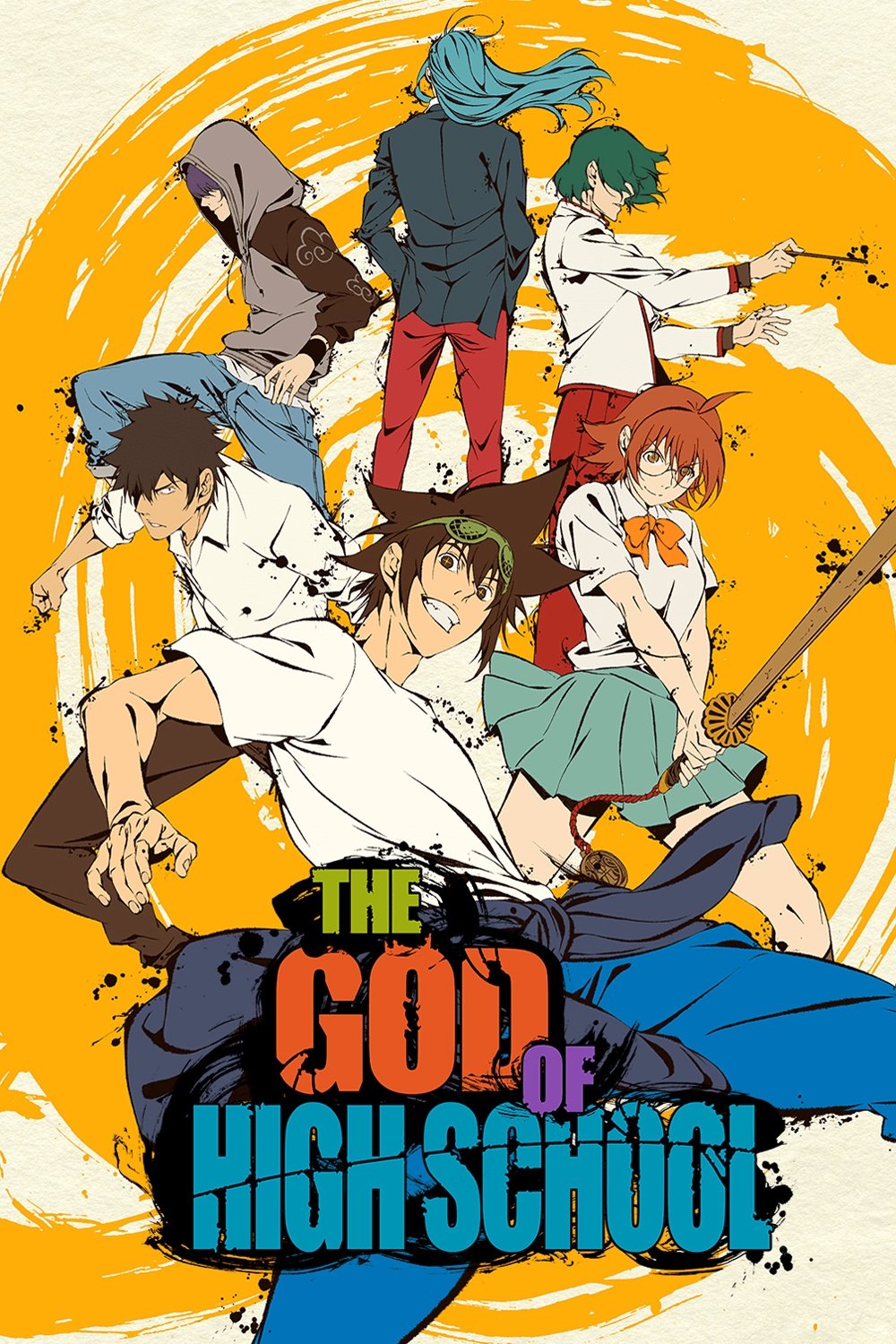 MAPPA
MAPPAA national tournament invites students to compete while hidden agendas involve deities and borrowed power. The show defines Charyeok, a system where fighters draw on contracts with gods and mythical figures to manifest abilities. It explains conditions for pacts, the energy costs of invoking a deity, and the consequences when a contracted power overwhelms a human body.
Based on Yongje Park’s work, the anime produced by MAPPA lays out tournament brackets, selection processes, and the organization behind the scenes that seeks keys tied to divine entities. It maps how relics, cults, and governmental groups react to godly interventions, and how seals and artifacts control access to sacred power during modern conflicts.
‘Mythical Detective Loki Ragnarok’ (2003)
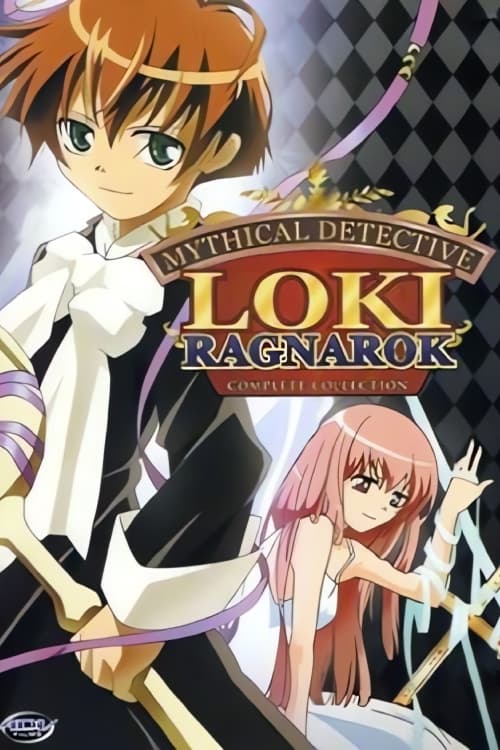 Studio Deen
Studio DeenNorse god Loki is cast into the human world and runs a detective agency while gathering evil auras released by human hearts. The series explains how gods can be sealed in child forms, how artifacts from Asgard operate on Earth, and the rules that govern the retrieval of corrupt energies. It presents the Bifrost as a travel link and highlights rival gods who attempt to send Loki back.
Studio Deen adapted the manga by Sakura Kinoshita and Tooko Fujita. The show catalogs divine tools like runic weapons and household relics, introduces figures such as Heimdall and Freyr, and tracks their influence on human cases. It describes conditions that restore divine power and the triggers that undo a god’s exile.
‘Fushigi Yugi: The Mysterious Play’ (1995–1996)
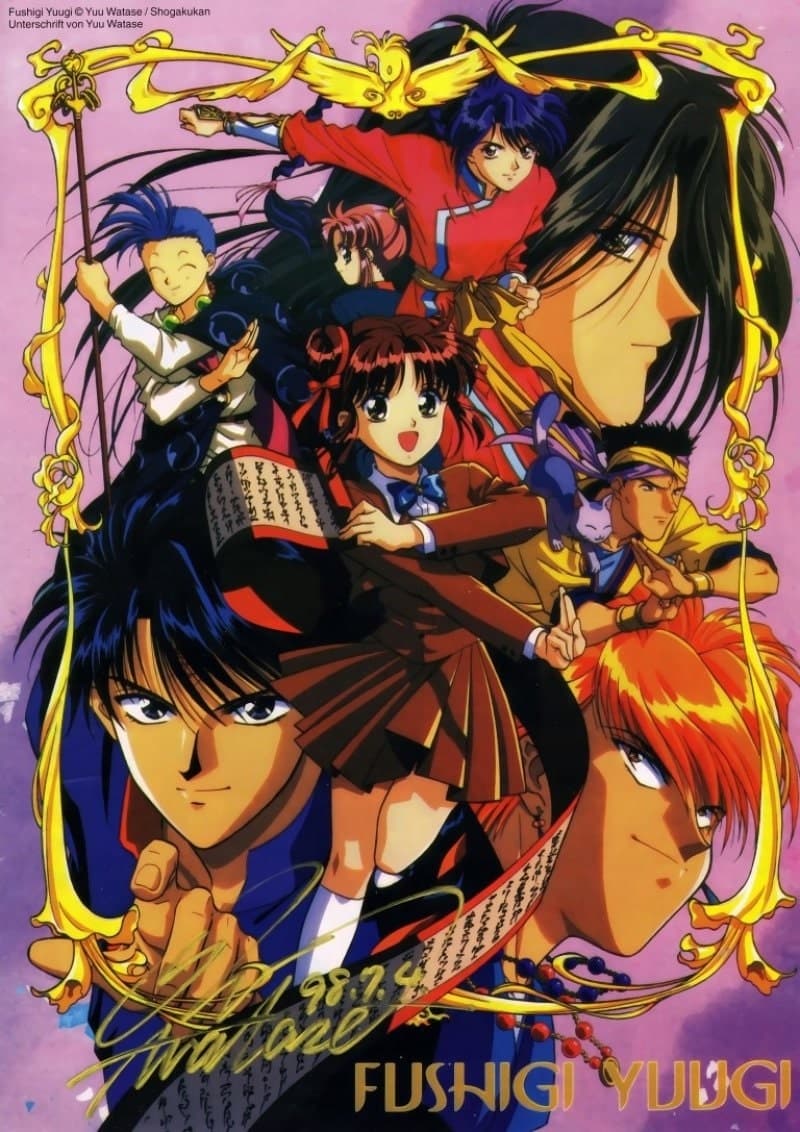 Pierrot
PierrotTwo students are drawn into a book that contains a world ruled by celestial gods. The story sets up four nations tied to beast deities and explains the summoning process that requires gathering seven celestial warriors. It defines oaths that bind a priestess to her god and the miracles granted upon successful summoning.
Studio Pierrot adapted Yuu Watase’s manga, detailing the rituals, talismans, and star charts that guide each warrior. The series maps the political landscape created by competing gods and the penalties for calling on divine aid without completing the conditions. It also shows how written prophecy drives national strategies and personal vows.
‘Spirited Away’ (2001)
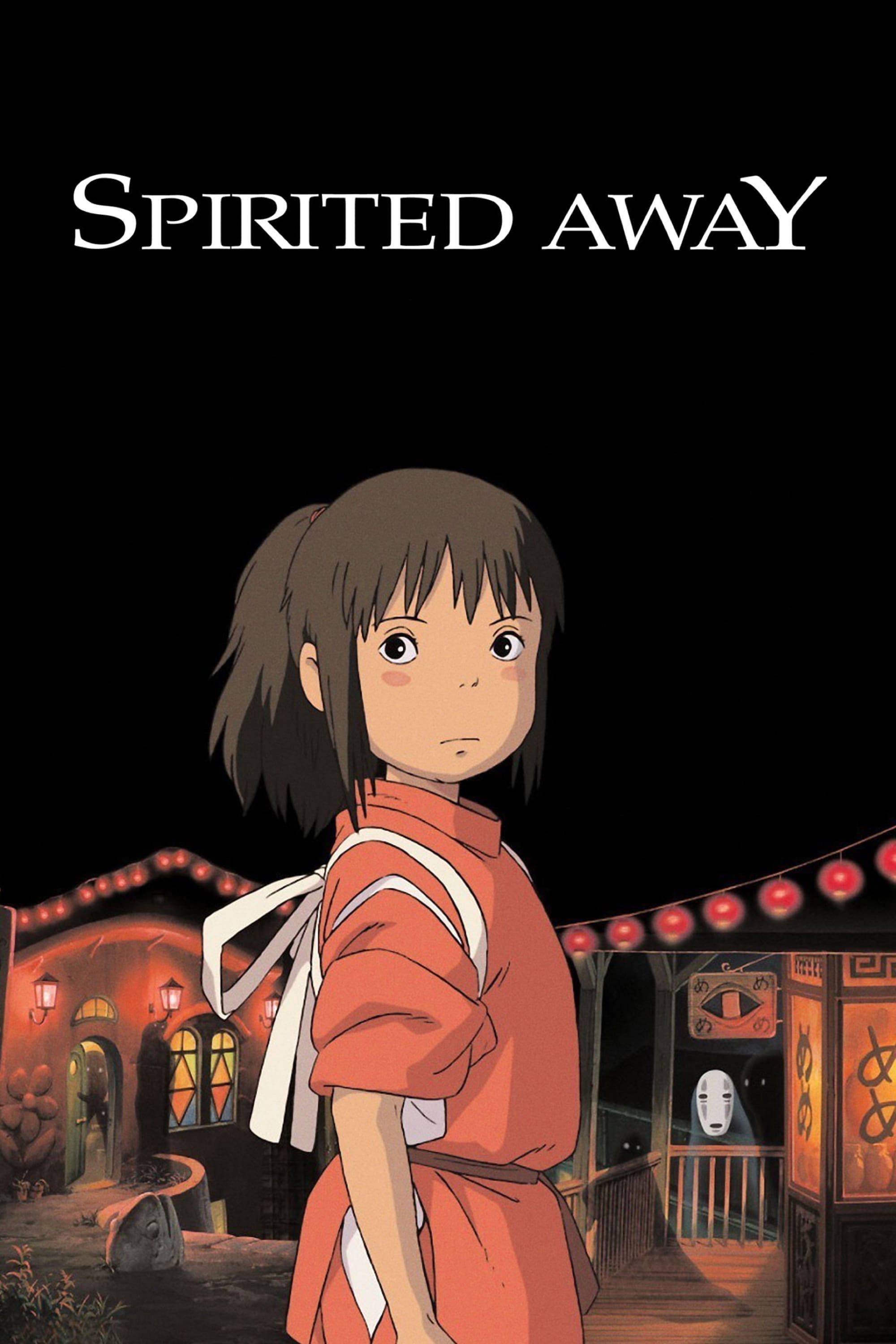 Studio Ghibli
Studio GhibliA child enters a bathhouse that serves spirits and Shinto gods who visit to cleanse and rest. The film explains how names are taken to bind workers, how contracts and tokens unlock access to baths and special services, and how pollution creates spirits that require purification. The bathhouse economy outlines tickets, tips, and specialties reserved for major river and radish gods.
Produced by Studio Ghibli and directed by Hayao Miyazaki, the film presents a bustling divine world adjacent to everyday Japan. It catalogs rules for crossing between worlds, the importance of offerings to restore forgotten gods, and the process of identity recovery through remembered names. The story highlights how local deities depend on human respect to maintain their form.
‘Princess Mononoke’ (1997)
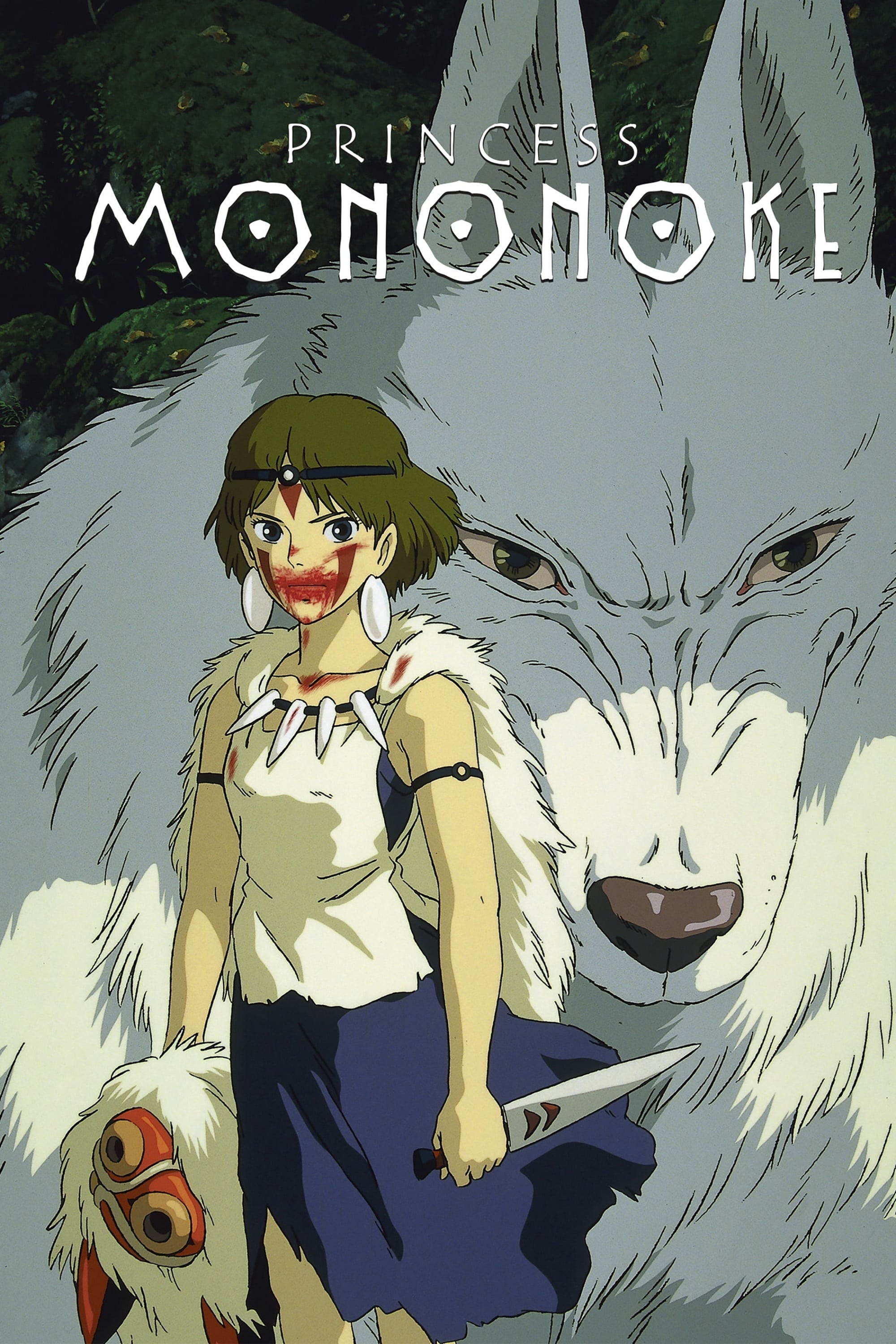 Studio Ghibli
Studio GhibliThis film portrays a land where forest gods clash with an ironworking settlement. It defines great spirits like the Forest Spirit and boar and wolf gods who lead clans, and shows how curses manifest through tainted iron and hatred. The narrative maps sacred sites, treaties, and the fragile balance that keeps gods, beasts, and humans from destroying one another.
Studio Ghibli’s production outlines rituals of respect, the mechanics of divine death and rebirth, and the influence of head-taking on a god’s transformation. It documents the relationship between shrines, nature guardians, and resource extraction, and how firearms alter the balance against ancient beings.
‘Kamichu!’ (2005)
 Asahi Broadcasting Corporation
Asahi Broadcasting CorporationA middle school student suddenly becomes a goddess and must learn duties that come with the role. The series details how a new kami gains followers, assigns blessings to local problems, and oversees a neighborhood shrine. It shows procedures for festivals, omikuji fortunes, and the etiquette of interacting with household and sea gods.
Co-created by Tomonori Ochikoshi, Kazuya Tsurumaki, and Masayuki Yoshihara, the anime by Brain’s Base provides a local map of deities that includes gods of poverty, electricity, and even a ship. It explains the responsibilities of shrine caretakers, the interplay of student life and divine office, and the practical steps for handling petitions from townspeople.
‘Cautious Hero: The Hero Is Overpowered but Overly Cautious’ (2019)
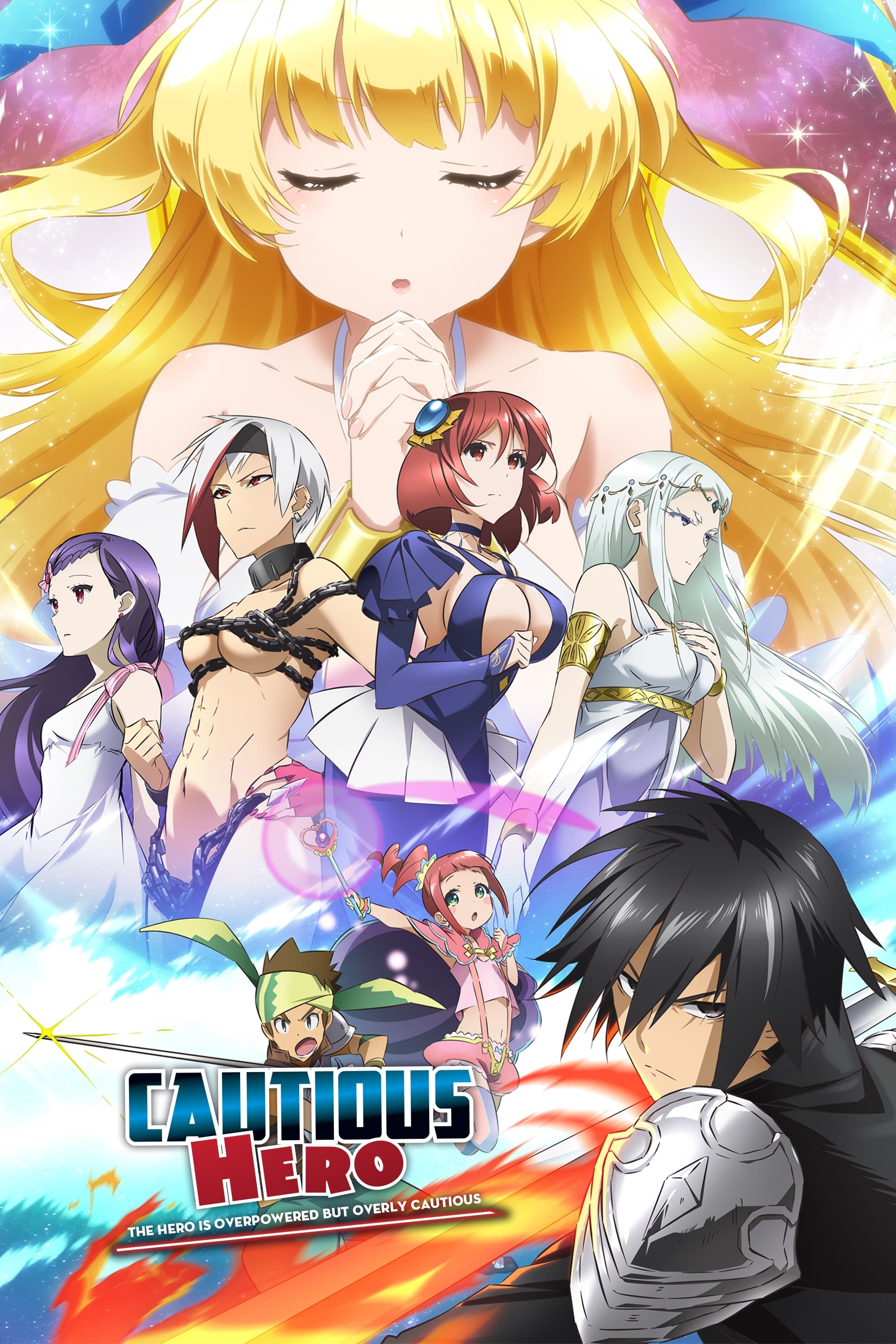 Digital Noise
Digital NoiseA goddess summons a hero to save a high-difficulty world and then manages his training and deployment. The show defines a divine guild that rates worlds by risk and assigns gods to mentor heroes with specific skill sets. It explains summoning permits, cooldowns on goddess abilities, and the limitations on direct interference in mortal realms.
White Fox adapted the light novels by Light Tuchihi. The anime catalogs preparation routines, status screens, and item crafting that supports hero missions, along with godly trials that unlock higher tier blessings. It also outlines penalties gods face when they violate intervention rules and the procedures to reassign cases among deities.
‘Sunday Without God’ (2013)
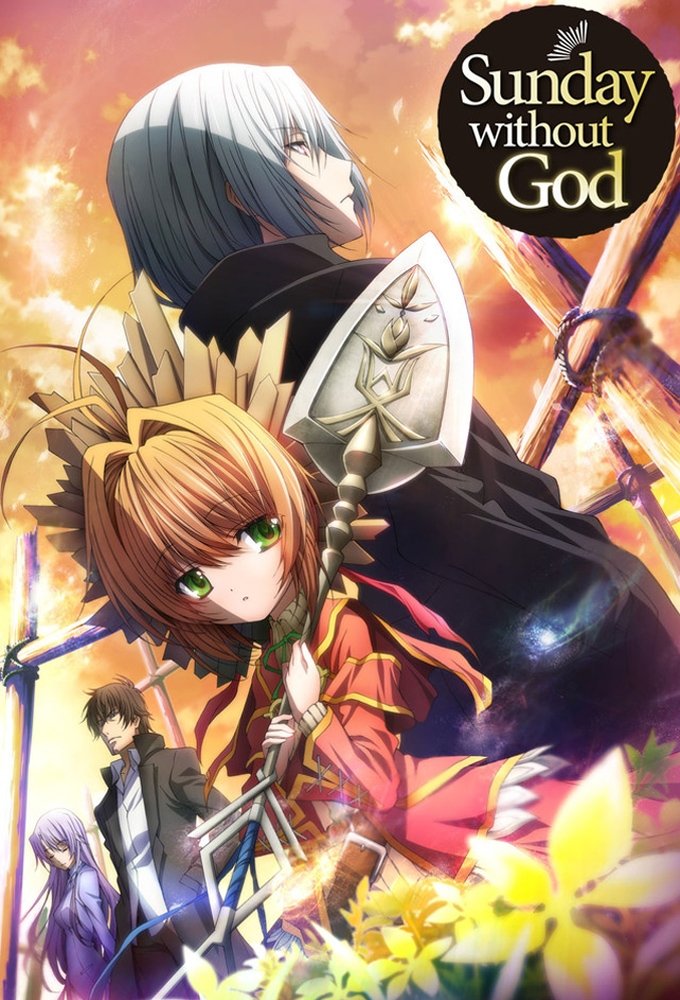 Madhouse
MadhouseIn a world where God has ceased granting life and death, people cannot die or be born in the normal way. The series explains the role of Gravekeepers who perform proper burials that allow the dead to find rest. It details the social and logistical changes that follow divine abandonment, including towns that freeze time and communities that negotiate new laws.
Produced by Madhouse and based on Kimihito Irie’s light novels, the show outlines burial rites, the creation of sealed zones, and the function of miracle remnants that alter physics. It maps how institutions manage population, travel, and education when death has changed meaning and divine authority has gone silent.
‘Tales of Zestiria the X’ (2016–2017)
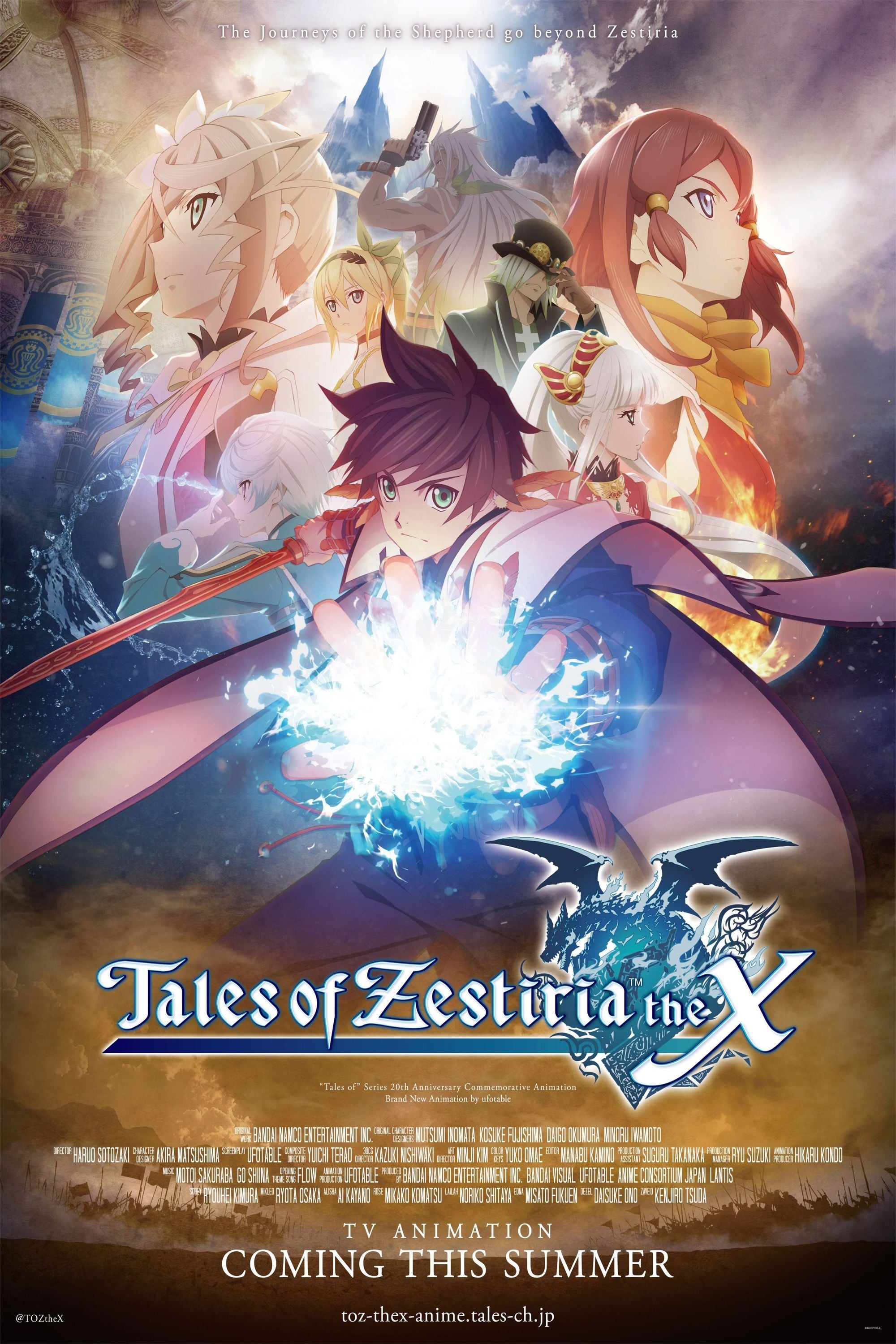 ufotable
ufotableThis fantasy series features Seraphim, spiritual beings akin to minor gods who purify malevolence by partnering with a human Shepherd. It defines resonance, the capacity to perceive Seraphim, and the armatus system where a human fuses with a Seraph to transform. The story explains domains that strengthen a Seraph and shrines that anchor regional protection.
Ufotable adapted elements from the game and incorporated material from a related title to complete the arc. The anime catalogs lord of the land contracts that protect villages, purification rituals for hellions, and the training that maintains a Shepherd’s balance with multiple Seraphim. It details travel routes, political alliances, and the spread of malevolence that corrupts cities.
‘Nagi-Asu: A Lull in the Sea’ (2013–2014)
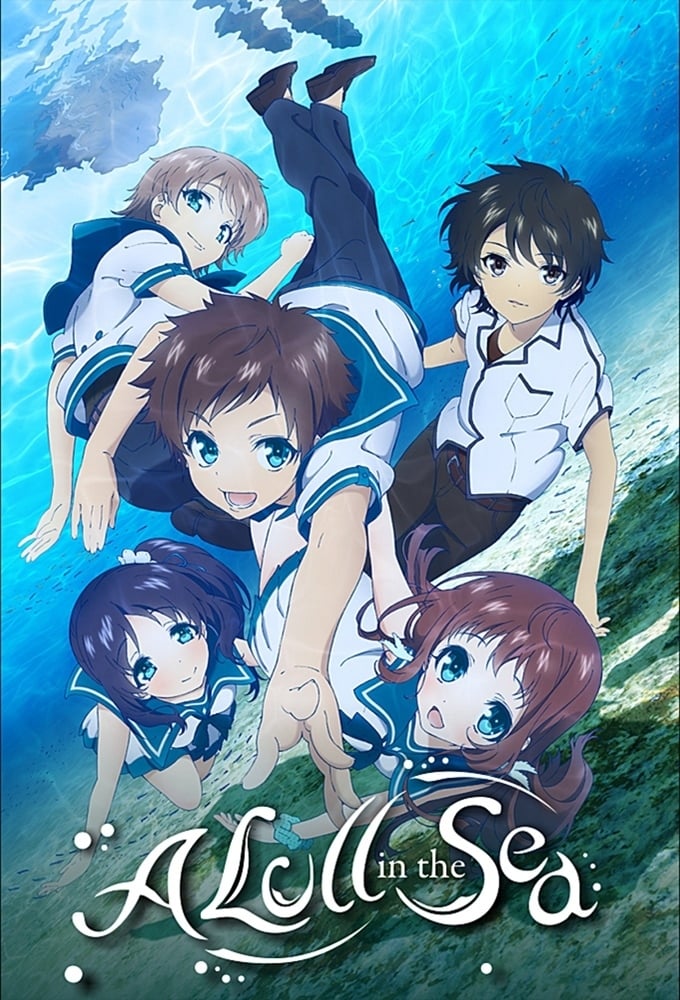 P.A.WORKS
P.A.WORKSThis series centers on a seaside community that lives under the protection of a sea god. It explains Ena, a skin-like adaptation that lets sea people breathe underwater, and the ceremonies that maintain favor with the deity. The story lays out the Ofunehiki festival, an offering ritual that renews bonds between land and sea communities.
P.A. Works produced the original anime, documenting environmental shifts that affect divine sleep cycles and the social rules that govern relationships between sea and land dwellers. It shows how legends stored in oral history guide modern festivals and how divine withdrawal changes weather patterns and migration.
‘Record of Lodoss War’ (1990–1991)
 TBS
TBSSet in a high fantasy world shaped by a divine war, this OVA presents gods whose battles created cursed lands and relics. It outlines the pantheon’s spheres of influence, the aftermath of the gods’ conflict, and the artifacts that still carry divine power. The narrative traces how priests channel miracles and how ancient seals prevent the return of chaotic deities.
The adaptation of Ryo Mizuno’s novels by Madhouse details political borders formed after divine upheaval, temple hierarchies, and the requirements for adventurers to wield sacred items. It catalogs the geography of Lodoss, routes between kingdoms, and the legacy of a goddess whose influence persists in ruins and prophecy.
‘To Your Eternity’ (2021– )
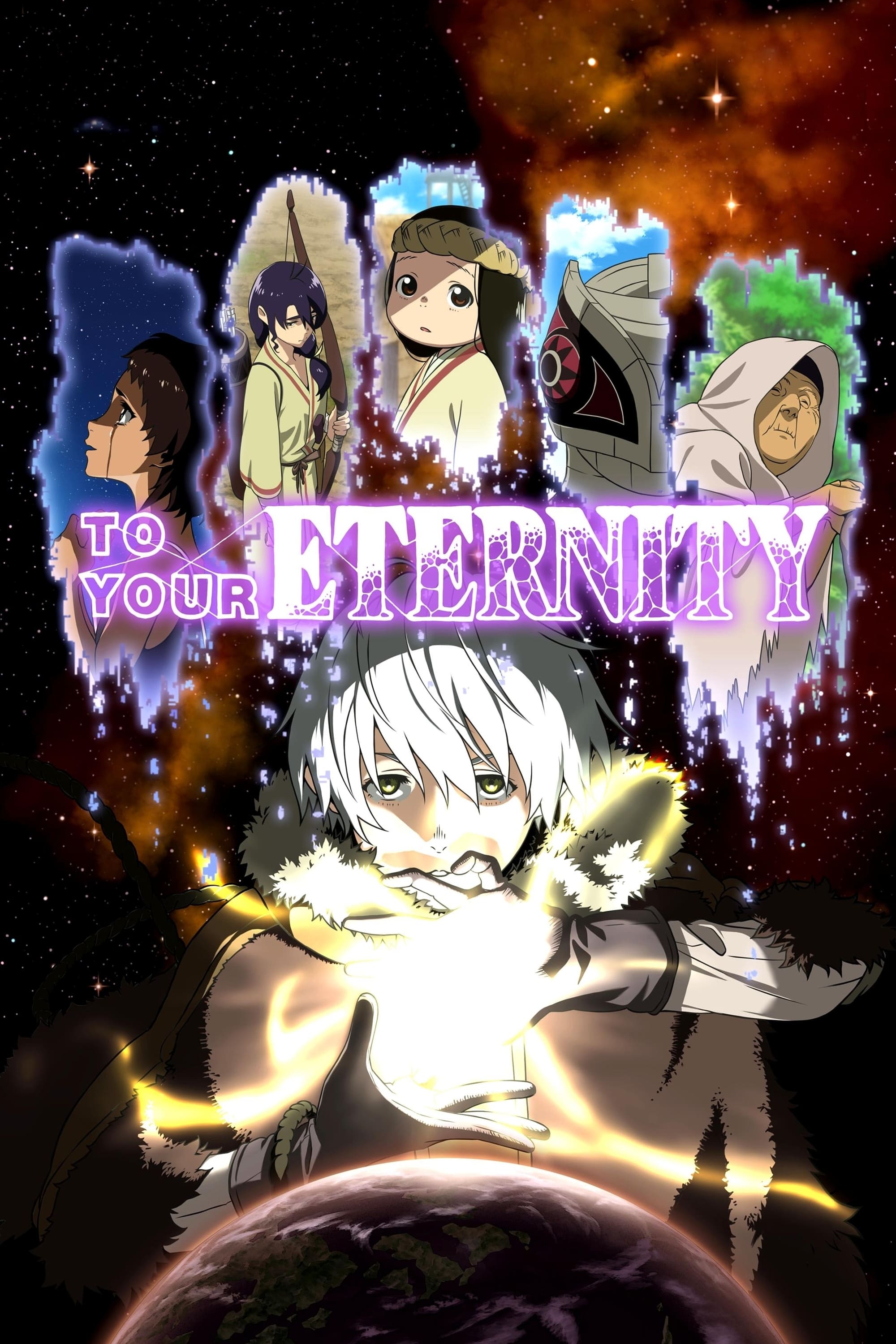 Brain's Base
Brain's BaseAn otherworldly creator sends an orb to experience the world and gather information, eventually shaping it into a being that grows through contact. The series explains the Beholder’s role as an observing god-like entity, the creation of Nokkers as antagonistic forces, and the rules that govern memory, form, and regeneration. It shows how divine objectives can conflict with human attachments.
Brain’s Base and later Drive adapted Yoshitoki Oima’s manga, presenting seasons that map continents, cultures, and cycles of conflict driven by the Beholder’s experiment. The show details vessels, immortality limits, and the mechanics of ability transfer when allies fall. It outlines societal responses to an immortal traveler and the strategies used to counter Nokker invasions.
‘Spice and Wolf’ (2008–2009)
 IMAGIN
IMAGINA traveling merchant partners with Holo, a harvest deity who left her village after people stopped honoring the old ways. The series explains how a local god’s power depends on seasonal rituals and offerings, and how contracts with communities define a deity’s duties. It covers the symbolism of wheat, the connection between harvest cycles and prosperity, and the implications when a god departs.
The anime produced by Imagin and Brain’s Base adapts Isuna Hasekura’s novels. It details trade routes, currency exchanges, and guild rules that frame Holo’s journey through human markets. The show outlines how folklore coexists with emerging church institutions and how myths shift as economies grow and traditions fade.
Share your favorite anime that put gods front and center in the comments.

.jpeg)
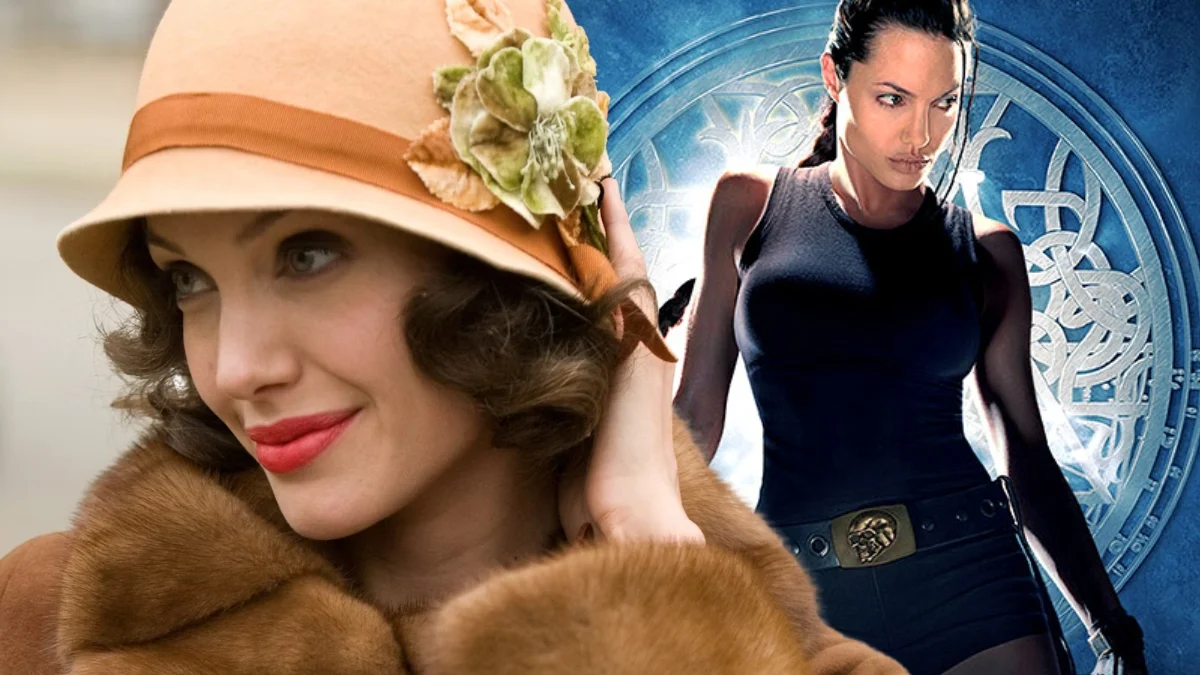
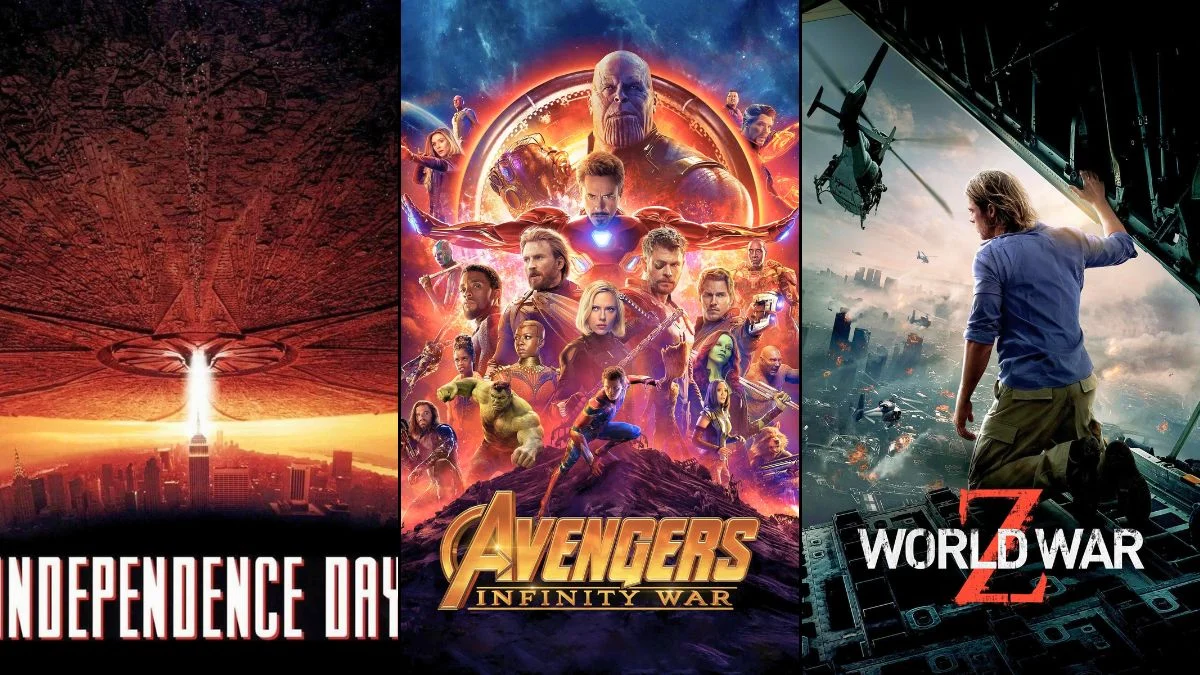



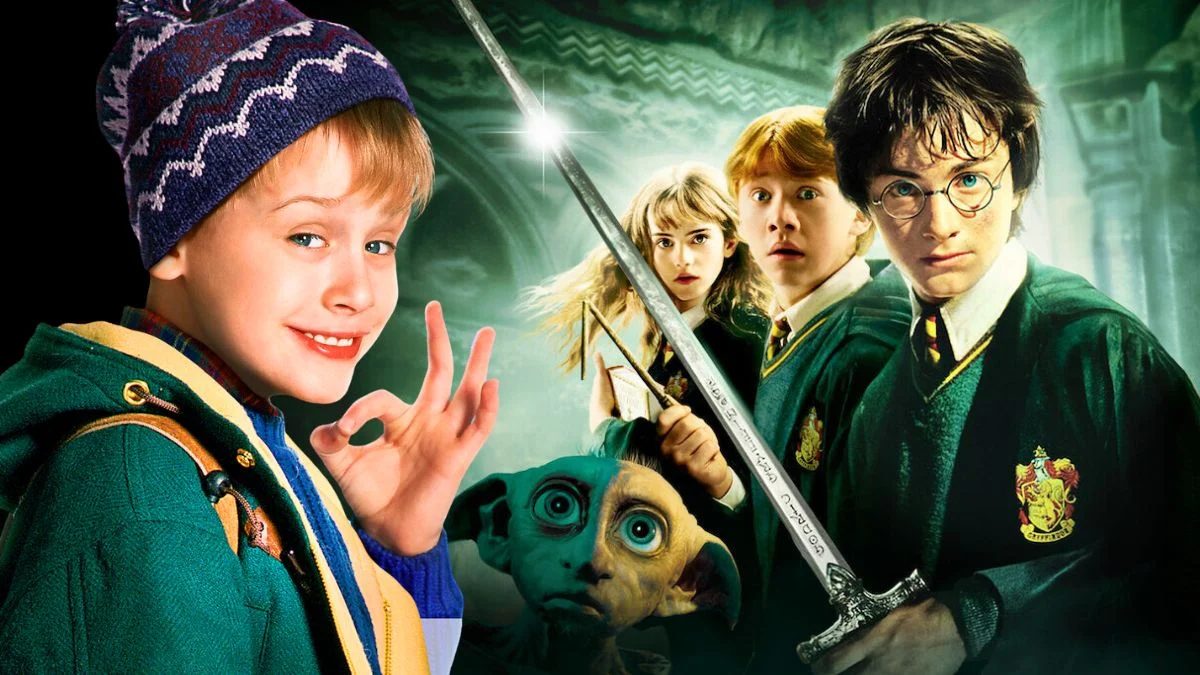
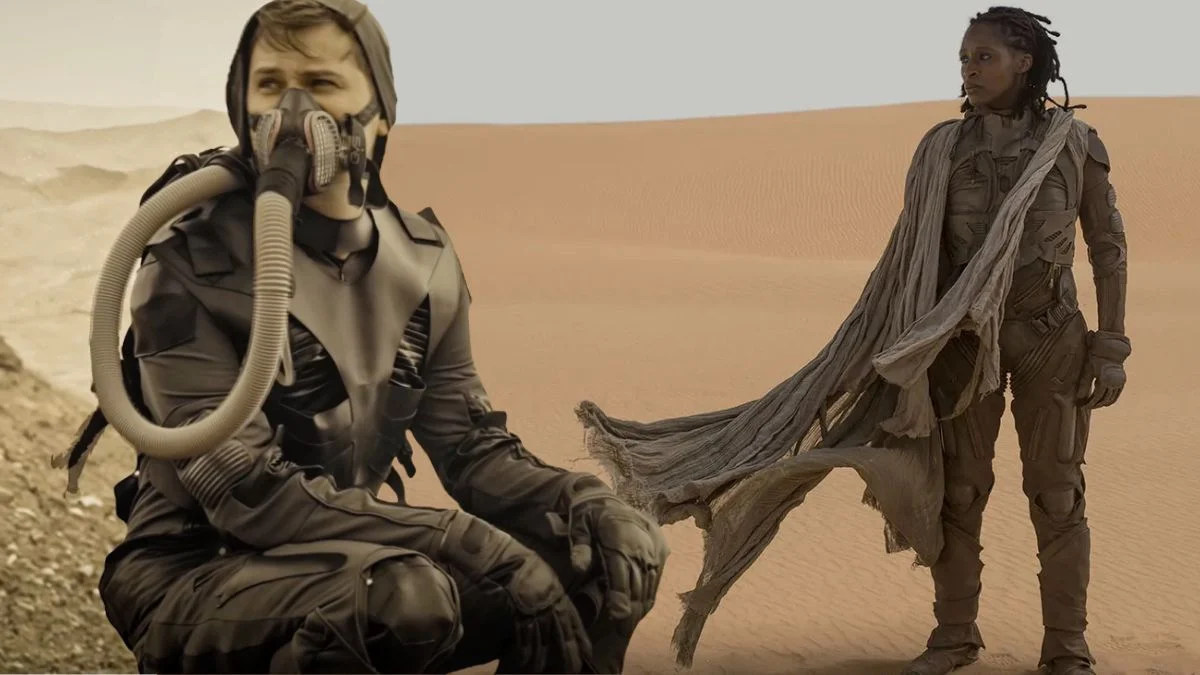

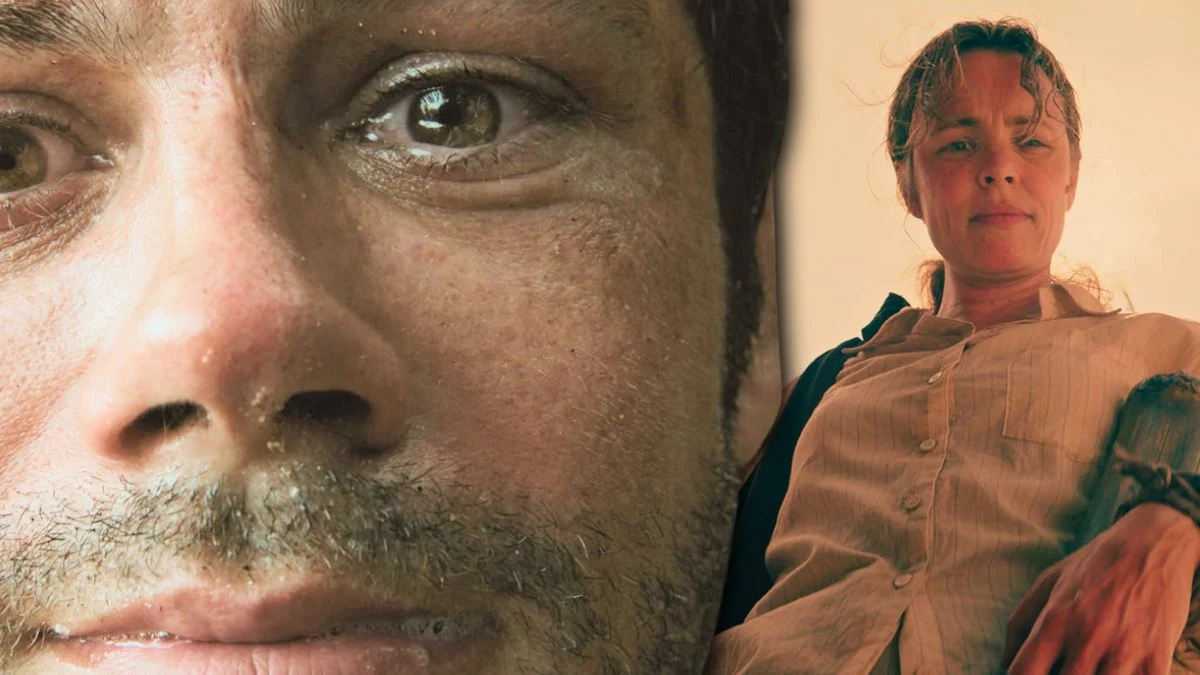
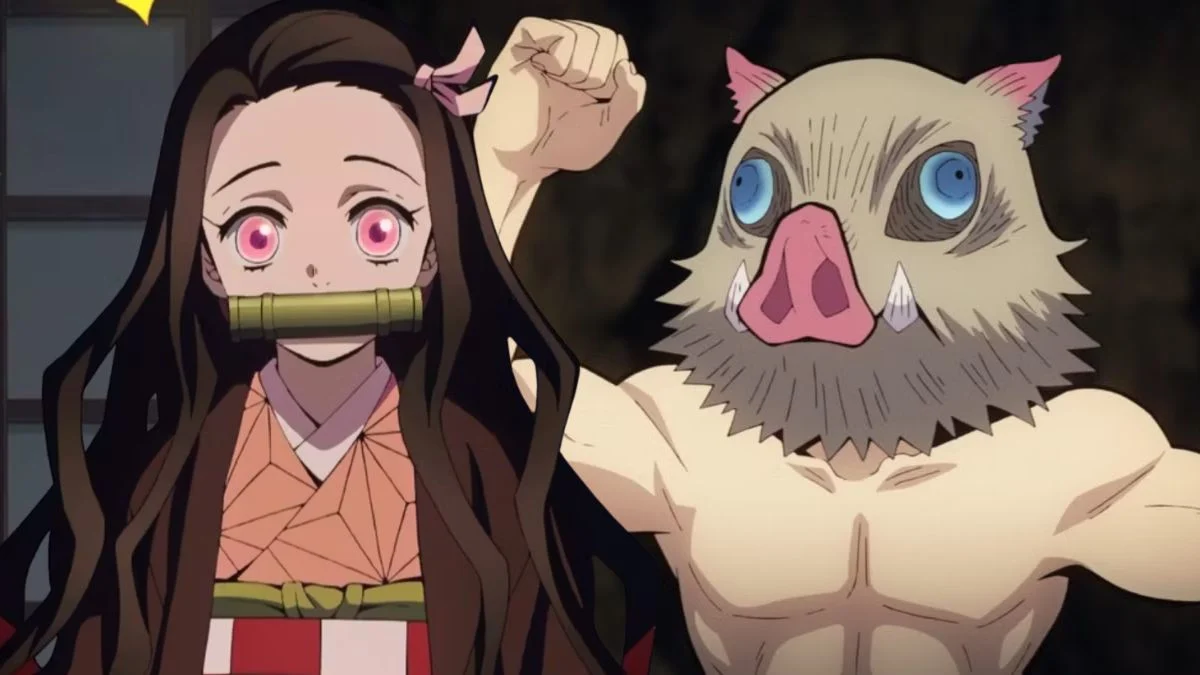


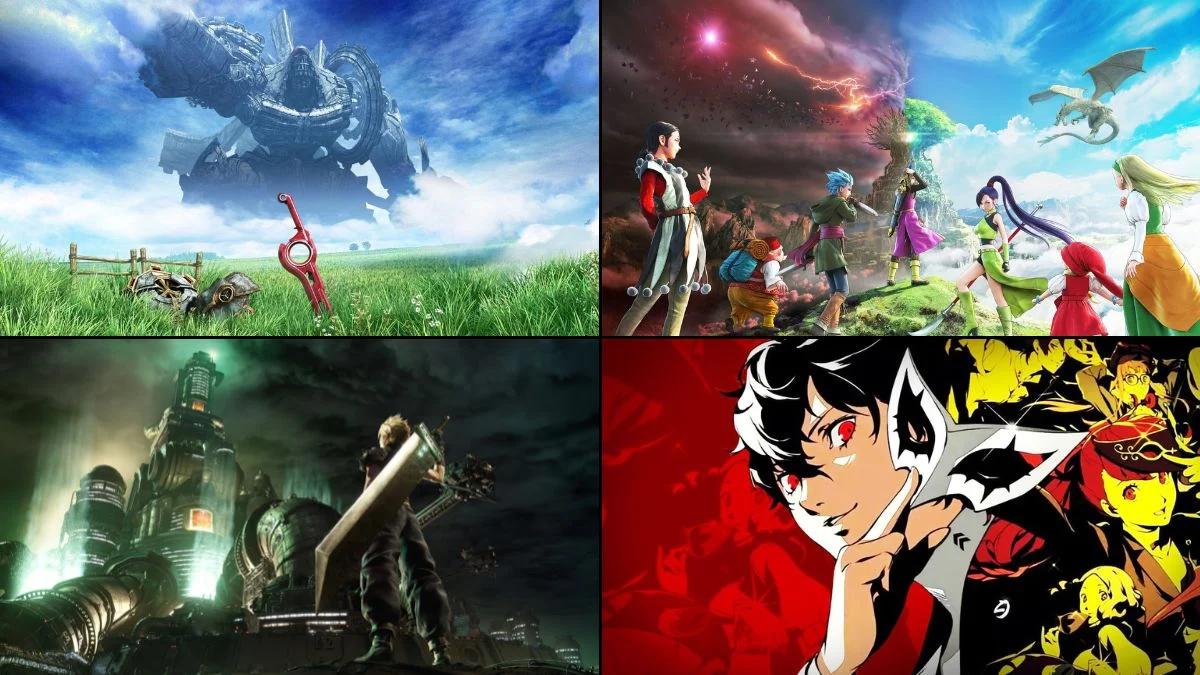



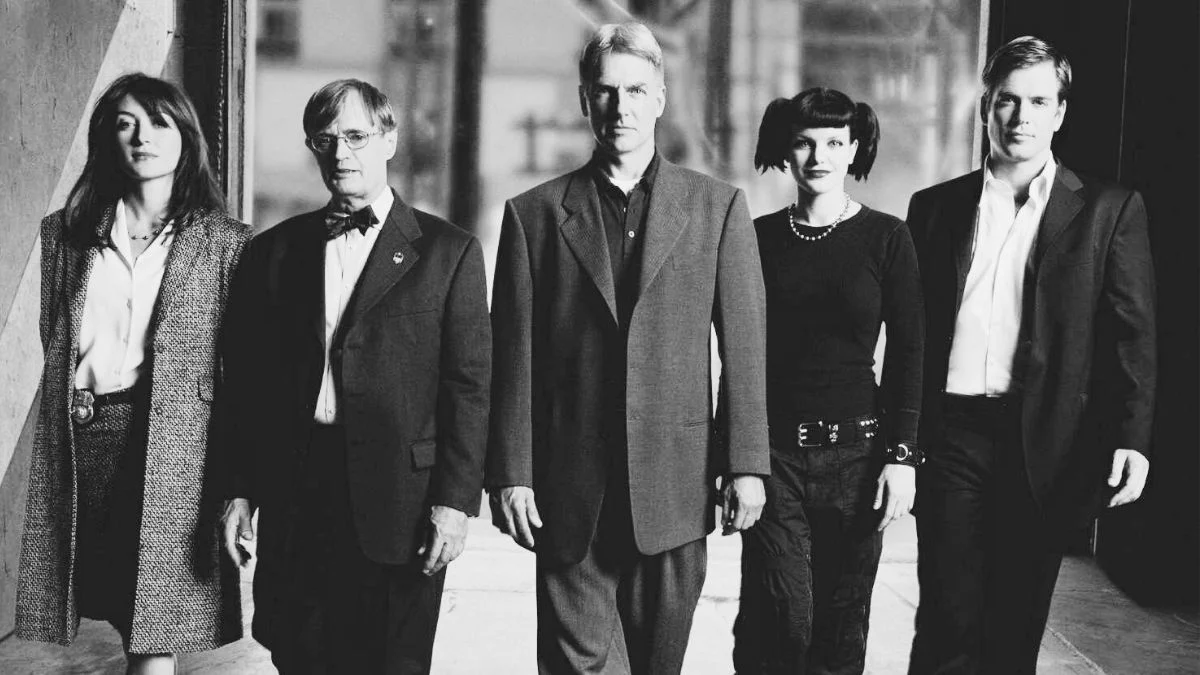
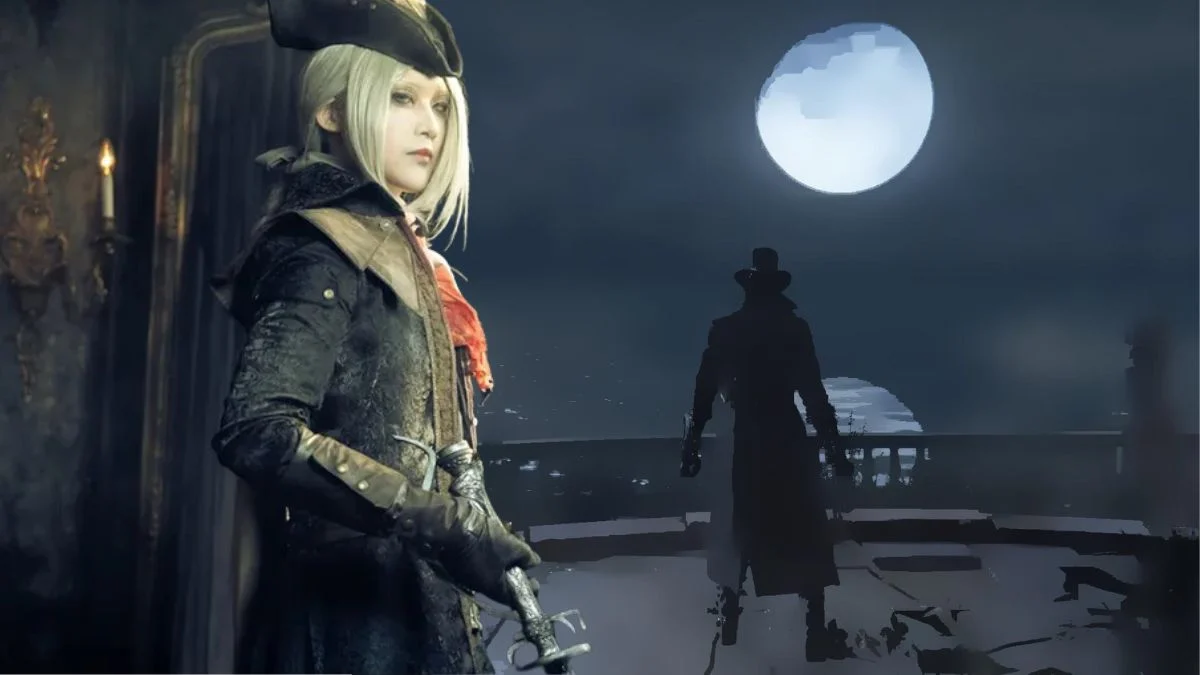




.jpeg)













 English (US) ·
English (US) ·